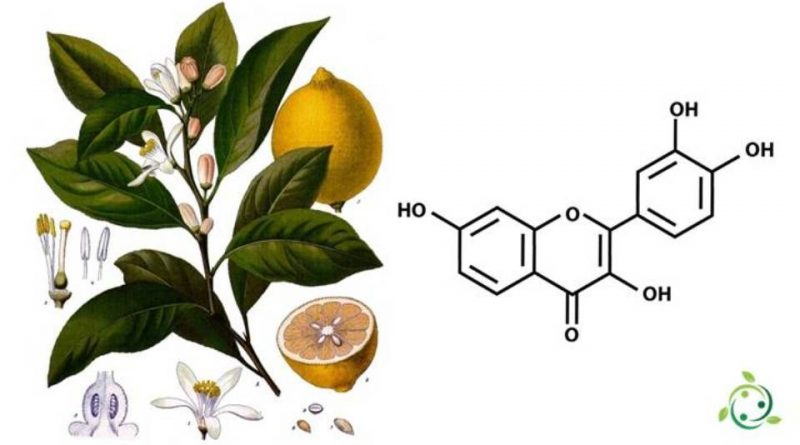Vitamin P
Vitamin P
Bioflavonoids or flavonoids, known as Vitamin P, are powerful antioxidants that are essential for their adjuvant and enhancing action of Vitamin C (so much so that they are also called Vitamin C2).
These substances in fact sweep away free radicals and stimulate and keep the immune, hepatic, dermal and blood systems healthy (in particular by strengthening and keeping the capillaries toned). They also perform an antiviral and antioxidant function. Their absence can cause problems and alterations of the skin and small blood vessels, apathy, irritability, aging.
Of the 500 varieties of flavonoids in the group that exist in nature, some may protect and make the brain more reactive.
Among these, according to the Salk Institute of San Diego in California, epicatechin, a flavonoid found in grapes, blueberries, chocolate and tea; this substance would have the power to enhance the brain structure and increase learning capacity and memory, because it improves the blood flow in the organ and positively affects the genetic expression. For the moment the research is in an experimental and laboratory phase.
In detail, flavonoids play an important role in collagen repair, so they support microcirculation and increase blood vessel synthesis.
Carnosic acid, a flavonoid found in rosemary, would be effective to preserve brain cells from damage caused by free radicals, as demonstrated by the Burnham Institute for Medical Research in La Jolla, California, and Iwate University in Morioka, Japan. Other experimental investigations have shown that a rosemary extract, containing carnosic acid and carnosol, favors the synthesis of the Nerve Growth Factor, essential for the growth and maintenance of nervous tissue.
Studies in the field are multiplying to better understand the mechanisms and functions of individual bioflavonoids.
In the plant world, bioflavoinoids help to provide the various color differences of multiple vegetables and fruits, forming their characteristic color pigments together with other substances.
For the moment we already know that natural sources of “vitamin P” are lemons, plums, blackberries, black currants, sultanas, grapefruits, apricots, cherries, papaya, melon, rosehip berries, green pepper, broccoli, spinach, peppers. and buckwheat. Onions and garlic provide bioflavonoids considered anticarcinogens and some herbs, used in phytotherapy, antiallergic compounds; on the contrary, the pollen of propolis, a resinous pigment, can trigger allergies.
Antagonists, which hinder the absorption of these substances, are coffee, smoking, stress and some drugs, such as aspirin and antibiotics; instead, vitamin C, calcium and magnesium facilitate their assimilation.
In particular, bioflavonoids strengthen the capillaries and decrease their permeability, so they are indicated to avoid bleeding and rupture of small vessels and to provide a barrier against infections.
A recommended dose of “vitamin P” has not been established because the elements of the group are free of toxicity and, if in surplus, are eliminated through the urinary tract and perspiration.
Warning: The information shown is not medical advice and may not be accurate. The contents are for illustrative purposes only and do not replace medical advice.

